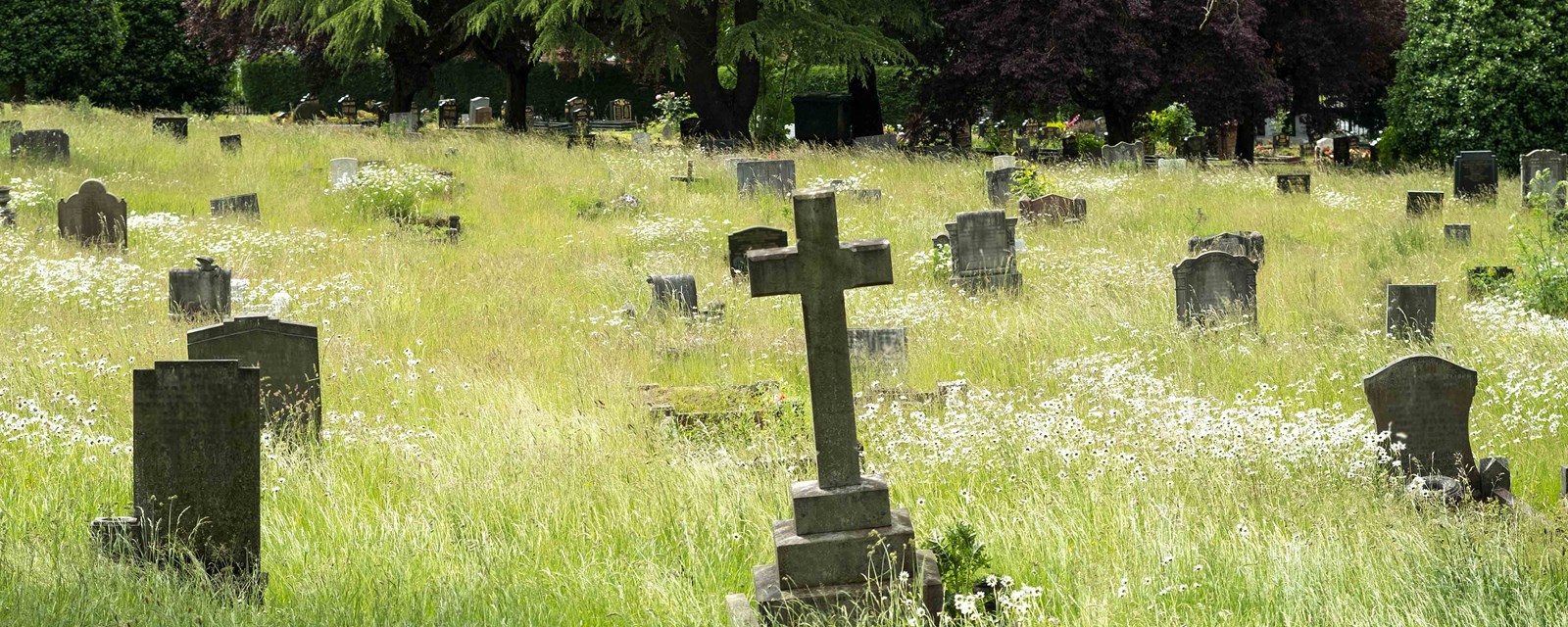
Call for green burial corridors alongside roads, railways and country footpaths
A leading public health expert is calling for a strategic initiative to develop green burial corridors alongside major transport routes because British graveyards and cemeteries are rapidly running out of room. With 500,000 deaths annually in England and Wales, it is likely that there will be no burial space left within five years.
Writing in the Journal of the Royal Society of Medicine, Professor John Ashton points to the recent announcement of a scheme to plant 130,000 trees in urban areas as a contribution to reducing pollution and global warming. While lacking in ambition, he writes, it gives a clue as to what might be possible by joining up the dots of green environmentalism and human burial.
The environmental and human health impacts of the fluids and materials used in embalming and coffins is a matter of growing interest and concern, writes Prof Ashton, and resonates with the recent move towards simpler funeral approaches, not least green funerals with biodegradable regalia and coffins in woodland areas.
With little prospect of finding burial space for those who seek it, he writes, there is a real opportunity of stepping up to the mark as boldly as the Victorians did with the Metropolitan Burial Act of 1852.
Prof Ashton concludes: “A glimpse of what might be possible with political will and imagination can be seen by what has happened alongside long-forgotten canals by neglect and default where wildlife corridors have evolved over time. It is time to revisit the public health roots of human burial and connect them to a new vision for a planet fit for future generations.”
Notes to editors
Necropolis in crisis: housing the living is one thing, there is also a problem in housing the dead (DOI: 10.1177/0141076819860091), by John Ashton, will be published by the Journal of the Royal Society of Medicine at 00:05 hrs (UK time) on Friday 5 July 2019.
The link for the full-text version of the paper when published will be: https://journals.sagepub.com/doi/full/10.1177/0141076819860091
For further information or a copy of the paper please contact:
Rosalind Dewar
Media Office, Royal Society of Medicine
DL: +44 (0) 1580 764713
M: +44 (0) 7785 182732
E: media@rsm.ac.uk
The Journal of the Royal Society of Medicine (JRSM) is a leading voice in the UK and internationally for medicine and healthcare. Published continuously since 1809, JRSM features scholarly comment and clinical research. JRSM is editorially independent from the Royal Society of Medicine, and its editor is Dr Kamran Abbasi.
JRSM is a journal of the Royal Society of Medicine and it is published by SAGE Publishing.
Sara Miller McCune founded SAGE Publishing in 1965 to support the dissemination of usable knowledge and educate a global community. SAGE is a leading international provider of innovative, high-quality content publishing more than 1000 journals and over 800 new books each year, spanning a wide range of subject areas. A growing selection of library products includes archives, data, case studies and video. SAGE remains majority owned by our founder and after her lifetime will become owned by a charitable trust that secures the company’s continued independence. Principal offices are located in Los Angeles, London, New Delhi, Singapore, Washington DC and Melbourne. www.sagepublishing.com
